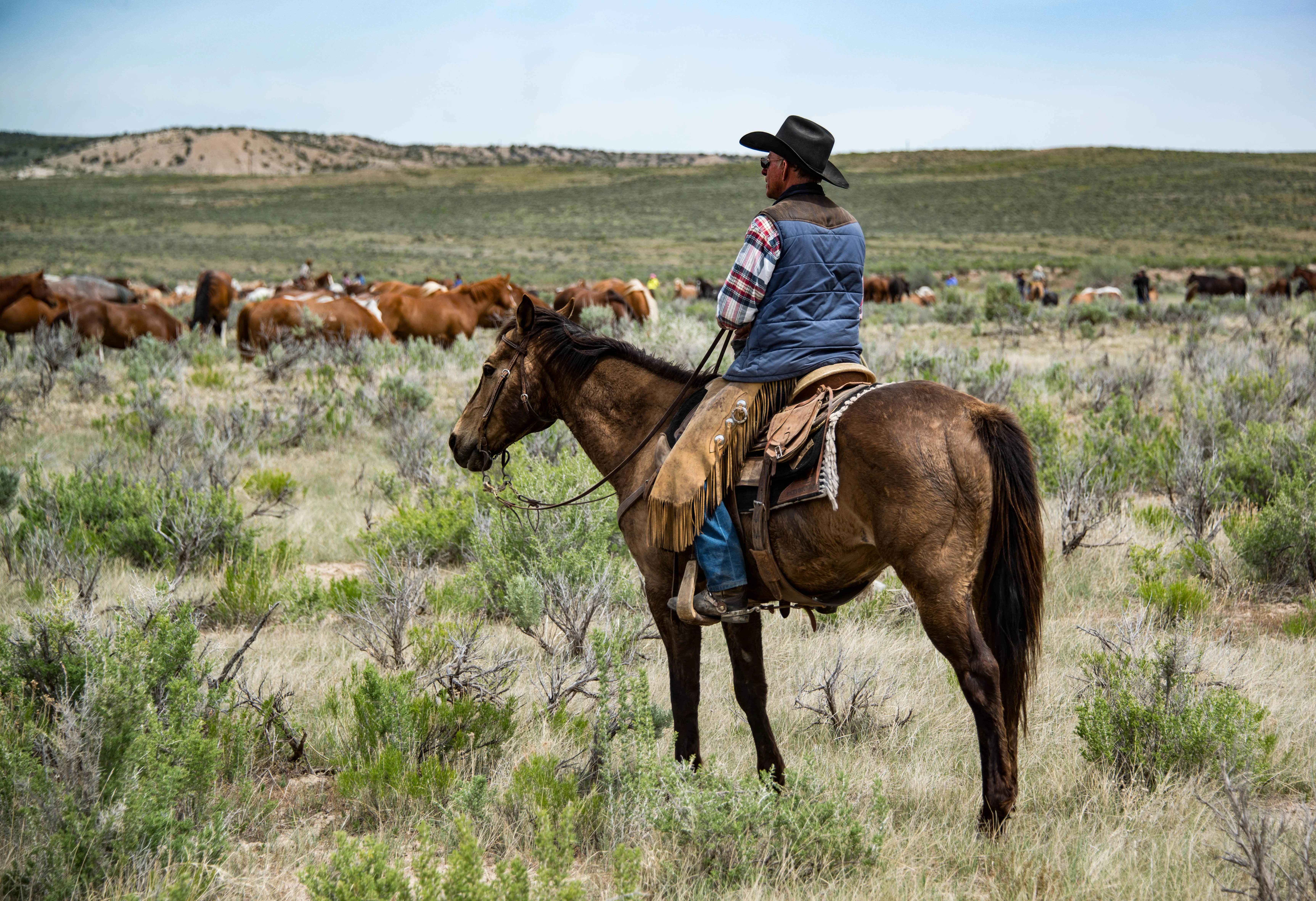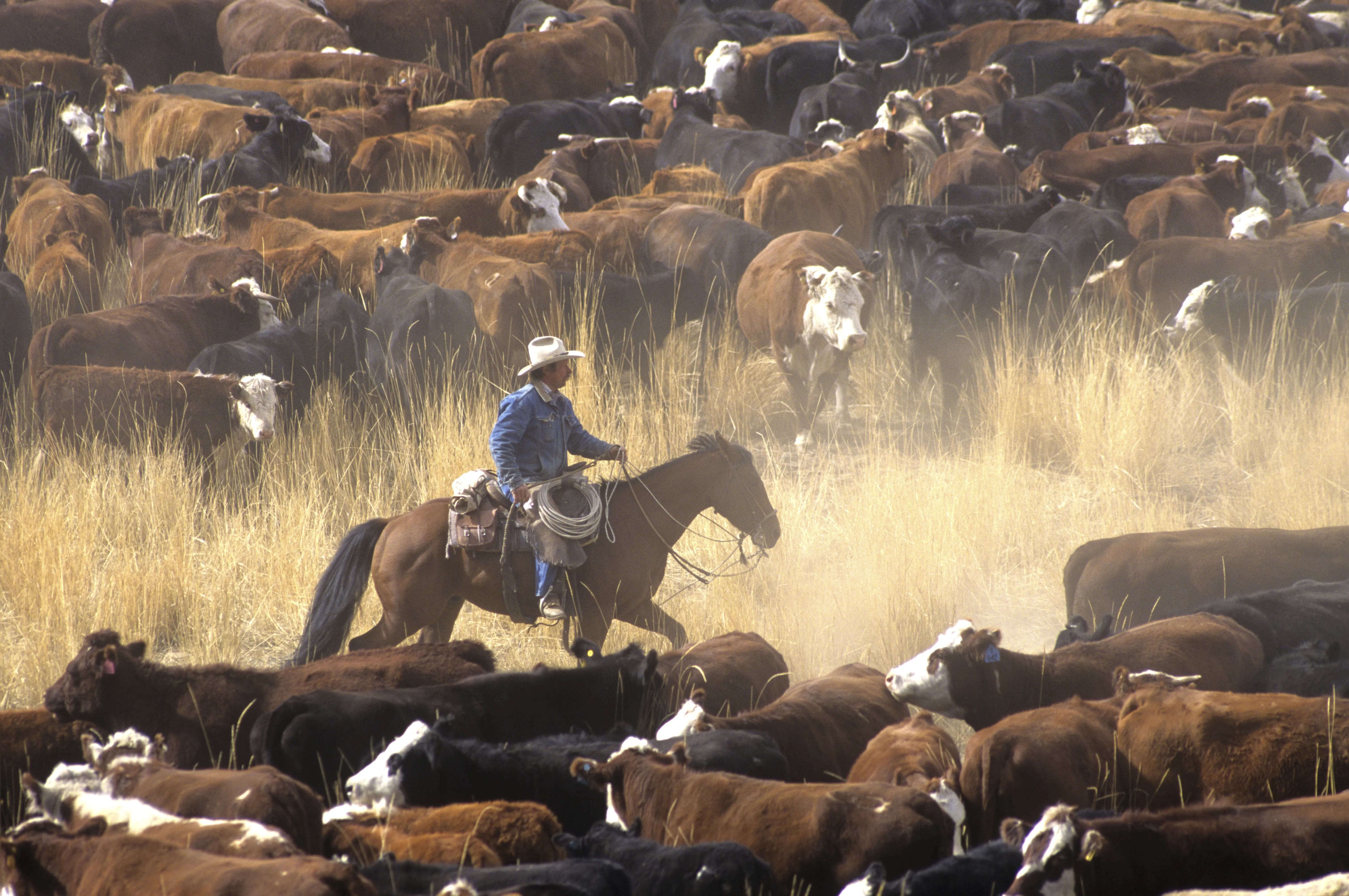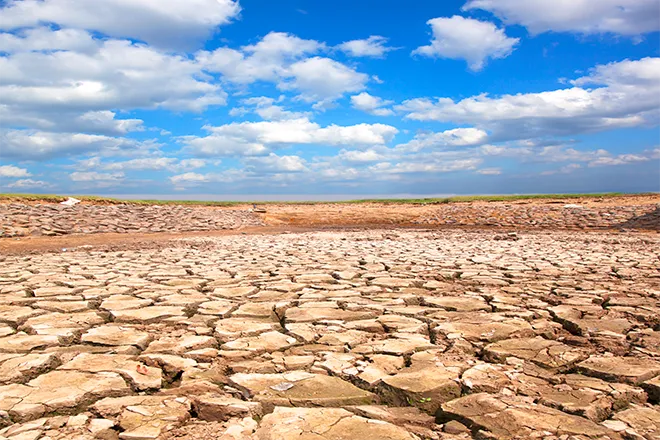
Considerations about COVID-19 for farm operations
© iStock - denizbayram
Coronaviruses are a large family of viruses that are common in humans and many different species of animals, including camels, cattle, cats, and bats. Rarely, animal coronaviruses can infect people and then spread between people, such as with MERS-CoV and SARS-CoV (Centers for Disease Control and Prevention - CDC).
According to the World Health Organization, COVID-19 (novel coronavirus) is transmitted through two routes:
- respiratory droplets generated when an infected person exhales, coughs or sneezes, and
- contact with any surface where droplets containing the virus could land.
COVID-19 appears to persist on surfaces for a period of a few hours to a few days, but the virus’ ability to survive may be influenced by temperature, humidity and the type of surface. Heat, high or low pH, sunlight and common disinfectants (such as chlorine) all facilitate die-off of coronaviruses.
The risk of transmission of COVID-19 through fecal material or through drinking water or wastewater appears to be low (based on previous research regarding other coronaviruses), so continued good agricultural practices around handling and disposal of animal fecal material and wastewater still apply.
Currently there is no evidence of food or food packaging being associated with transmission of COVID-19 (U.S. Department of Agriculture).
Key take-aways:
- Improve your farm’s hygiene and sanitation programs by making them more frequent and in-depth.
- Have ill employees stay at home.
- Keep high-touch surfaces clean and sanitized.
- Reduce numbers of customers at points of sale at any one time.
- Stay informed and responsive by checking updates on the CDC, CDPHE and your local public health websites.
Best Practices for Farms
The following are best practices to help farmers keep their workforce healthy, their food products safe, and to protect their businesses as much as possible during this COVID-19 outbreak. Farmers are encouraged to continue these best practices and integrate them into their farm hygiene and sanitation systems to ensure their on-farm health and hygiene standards remain at a high level into the future.
1.Best practices - farm workers
1.Do not allow sick employees to come to work. It is very possible for them to make other workers ill due to the high levels of contagion observed with COVID-19. If employees become sick while on the job, have them go home.
2.Train all employees in appropriate handwashing techniques. Teach them to wash hands with soap and water:
- After using the restroom
- Before and after eating
- After blowing their nose, coughing, or sneezing or touching their faces
- After touching an animal, animal feed, or animal waste
- Before putting on gloves
3.Train employees on how to properly put on and remove disposable gloves.
4.Require the use of disposable gloves for employees who handle money, tokens, or vouchers, and remind staff about proper glove use and hand washing procedures.
5.Remind employees who handle money, tokens or vouchers that they should wash their hands before handling food products.
6.Remind employees to take breaks in designated areas only, away from food production and handling areas.
7.Masks (except for personal protective equipment) are not recommended for use by employees. Masks are difficult to use properly without contaminating them through handling, and masks appropriate for use in COVID-19 situations are in high demand by health care workers and should be prioritized for health care.
2.Best practices - packaging, tools, equipment and facilities
USE APPROPRIATE PERSONAL PROTECTIVE EQUIPMENT WITH ALL SANITIZING AGENTS (note that sanitizers are considered agricultural pesticides)
1.Regularly clean and sanitize employee break areas and all surfaces that employees touch (doorknobs, handles, keyboards, touch screens).
2.Regularly clean and sanitize supplies and equipment:
a.For surfaces that will be in contact with food or food products (such as produce bins, coolers, boxes, tools), use detergents and sanitizing solutions that are food safe:
1)Clean the surface with a detergent (for example, Dawn dish detergent) and rinse thoroughly.
2)Use a sanitizer product that is approved for use on food contact surfaces.(https://producesafetyalliance.cornell.edu/sites/producesafetyalliance.corn ell.edu/files/shared/documents/PSA-Labeled-Sanitizers-for-Produce.xlsx).
3)This list provides information on sanitizers that will be effective on non-porous surfaces. Wood and cardboard are porous surfaces, as are pitted or damaged hard surfaces. You will not be able to adequately sanitize a porous or damaged surface.
4)Follow the label instructions for the sanitizer you use when mixing, applying and storing it. For example,
- Note whether the product must be diluted or whether it is ready-to-use (RTU).
- All EPA listed sanitizers require contact time on the surface to be effective (from several seconds to 10 minutes, depending on the specific product).
- Some sanitizers require a rinse step, and some must either air-dry or be wiped dry. Following the instructions for this final step is important to ensure there is no residual sanitizer remaining on any surfaces that food may touch.
b.To clean and sanitize surfaces that will not come into contact with food or food products (such as chairs, tables, truck beds):
1)Wear disposable gloves when cleaning and sanitizing surfaces.
2)Clean the surface with a detergent (for example, Dawn dish detergent) and rinse thoroughly.
3)Use a product that the EPA has approved for use against viruses and other emerging pathogens: https://www.epa.gov/sites/production/files/2020-03/documents/sars-cov-2-list_03-03-2020.pdf.
4)Follow the label instructions for the sanitizer you use when mixing, applying and storing it. For example,
- Note whether the product must be diluted or whether it is ready-to-use (RTU).
- All EPA listed sanitizers require contact time on the surface to be effective (from several seconds to 10 minutes, depending on the specific product).
- Some sanitizers require a rinse step, and some must either air-dry or be wiped dry.
3.Best practices - food handling and customer communication and management
1.Let your customers know that you have stringent hygiene practices in place (on your website and at point of sale areas such as your farm stand and CSA pickup site(s)).
2.Reduce the amount of contact consumers have with food products:
- Consider having employees use disposable gloves for all produce bagging and boxing.
- Pre-bag produce and pre-box CSA shares. Ensure that all food contact surfaces have been cleaned and sanitized at least daily (see above guidance).
3.Reduce crowding at your point of sale areas by:
- Clearly designating browsing and sales areas.
- Restricting visitor/customer access areas.
- Extending sales hours to accommodate more customers without crowding.
- Current recommendations regarding the number of individuals who can attend any event is 10 or fewer people as of March 16, 2020.
4.Increase frequency of cleaning and sanitizing around areas that customers access.
5.Post signage reminding customers who are ill, or who believe themselves to be ill, to avoid from coming to your farm stand, or your pick-up or drop-off site for public health and safety.
6.Post signage for vendors and delivery services that warns them not to enter if they are sick or not feeling well, have recently traveled outside of the US, or may have come into contact with someone with COVID-19. Here are examples of signage recommended by the Colorado Department of Public Health and the Environment that you can adapt to your operation.
https://paltc.org/sites/default/files/Attention%20Visitors%20All%20facilities.pdf.
4.Best practices - general considerations
1.Purchase cleaning and sanitation supplies now and make sure to keep an up-to-date inventory of products and equipment to support your hygiene practices.
2.Develop schedules for cleaning and sanitation. Designate one employee to supervise and reinforce all hygiene related activities.
3.Develop Standard Operating Procedures for cleaning and sanitizing both non-food contact surfaces and food contact surfaces.
4.Post signage reminding employees about zero-tolerance ill-worker policies and personal hygiene requirements.
5.Follow requirements and guidelines released by the Colorado Department of Public Health and the Environment (CDPHE) and by your local public health agency. CDPHE has a hotline CO HELP (303-389-1687 or 1-877-462-2911), that will provide answers in many languages. Emails in English are being received at COHELP@RMPDC.org.














